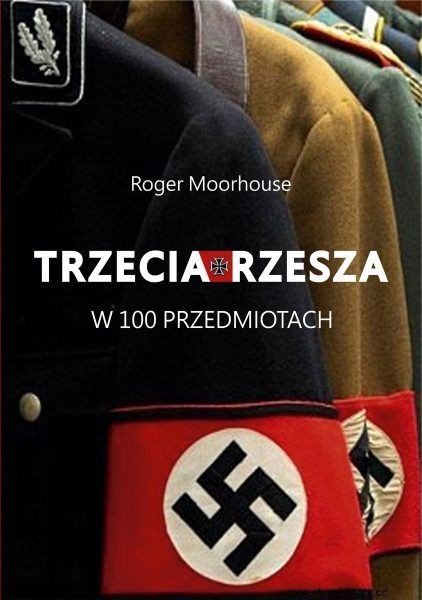One of the characteristic elements of life in the Third Reich were numerous street collections for Winter Assistance (Winterhilfswerk). This nationwide charity campaign had little to do with supporting those in need - it was all about ... filling a budget hole.
It all started every October with a special speech by Hitler. The Führer was then extolling the virtues of the German national community (Volksgemeinschaft) and its supposedly unlimited willingness to help those of its members who were in a difficult life situation.
Following this encouragement, local party cells across the country were mobilized for a six-month donation campaign, led by young people from the Hitler Youth and the Bund Deutscher Mädel.
Throughout the country, there was a rattling of cans - often labeled with the name of the party region or constituency (GAU) - intended to encourage generosity from potential donors. In Berlin alone, 75,000 people were involved in the action. No wonder then that Nazi opponents called it "organized broad day robbery."
Contributions not entirely voluntary
Various efforts were made to make it easier for the Germans to swallow this bitter pill. Famous personalities and high-ranking party officials took part in collecting money for the cans, and the donors were sometimes given various trinkets as thanks, such as stamps with images of animals or city coats of arms. Multiple donations made it possible to collect a whole collection of such souvenirs.
In fact, while street collections were the most conspicuous element of Winter Aid, only 10% of all victims were collected in this way . Most of them were donations of food and clothing, large donations from enterprises and community organizations, and automatic deductions from workers' wages along with tax (...).

An interesting fact is a fragment of Roger Moorhouse's book "The Third Reich in 100 Objects", published by the Znak Horyzont publishing house.
According to the Nazi regime, the whole action was to be an expression of solidarity and "pure" socialism, which was allegedly the essence of Nazi ideology. In fact, Winter Aid was rather sinister . Victims were often not entirely voluntary, and many people - especially employees of state-owned enterprises - were pressured to make their donations more frequent and larger than they would like.
The defenders faced certain consequences:denunciations were not uncommon, and one of the officials was brought to trial for refusing to make a donation. When he tried to defend himself by saying that he was convinced that he was voluntarily participating in the fundraiser, his translations were considered absurd.
Winter aid was also a source of serious income for the state budget, which increased from 0.3 billion reichsmark at the turn of 1933–1934 to 1.6 billion in winter from 1942 to 1943. These funds could have been used to replace - or at least supplement - social spending, thus allowing for an increase in spending for other purposes, such as armaments.
During the war, the Winter Assistance was used, inter alia, to collect clothes for soldiers on the Eastern Front. Some Germans then joked that action abbreviation WHW actually means Waffen Hilfswerk - Armed Aid.
Source:
The above text originally appeared in Roger Moorhouse's book The Third Reich in 100 Objects , which was published by Znak Horyzont.
The title, illustrations with captions, boldface text, explanations in square brackets and subheadings come from the editors. The text has undergone some basic editing to introduce more frequent paragraph breaks.
Check where to buy "Third Reich in 100 items":
